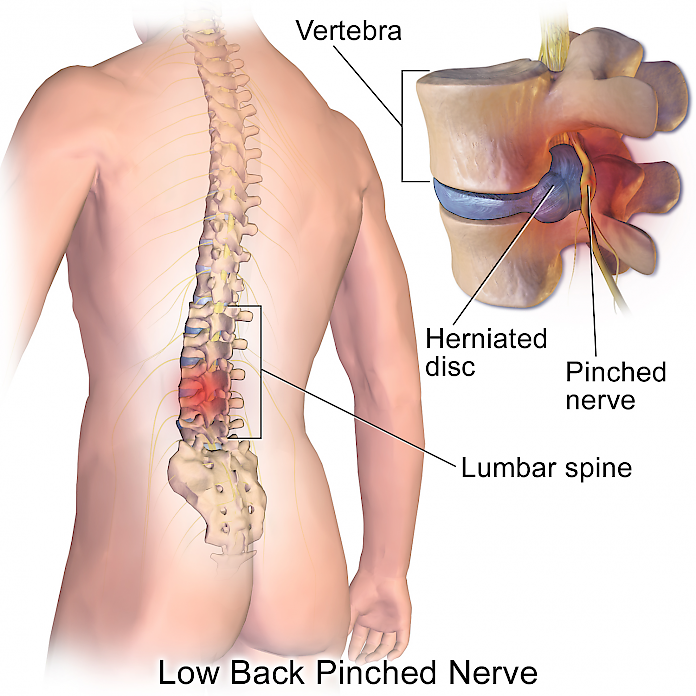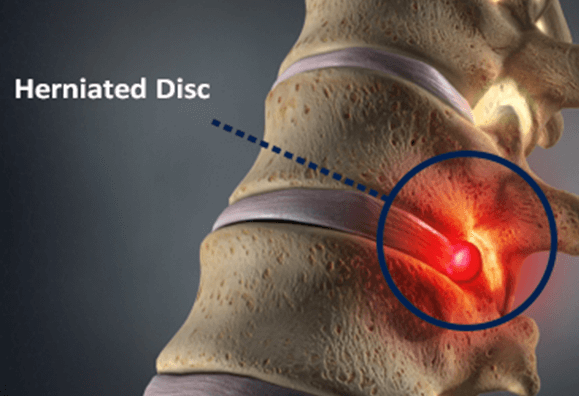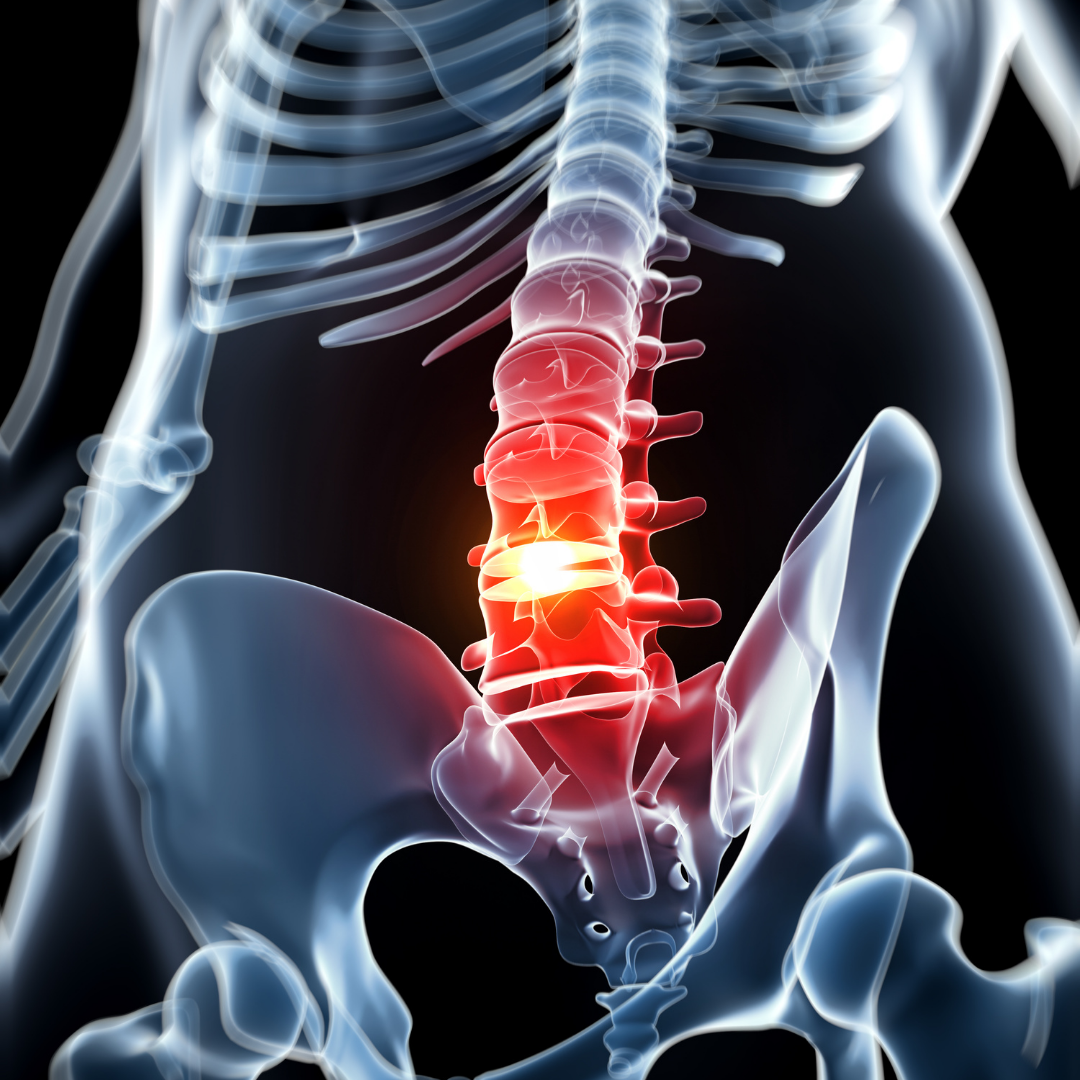
What Is a Herniated Disc?
Spinal discs are ligament-like rings between the vertebrae of the spine that provide cushioning and protect the spinal column. A herniated disc occurs when the thick cartilage covering of the spinal disc develops a significant tear, allowing the jelly-like nucleus liquid inside the disc to spill into the spinal canal. Disc wear and tear is natural, and at one time it was commonly believed that many cases of back pain could be attributed to a herniated disc. However, only about 2 percent of the population has a herniated disc with accompanying symptoms, so most patients with herniated discs do not experience symptoms.
When pain does occur as a result of a herniated disc, it often is caused when the protruding disc presses against nerve roots. Herniated disc is one known cause of sciatica, as a result of pressure on the sciatic nerve roots. This is known as radicular pain, or nerve root pain.
There are a number of terms used to refer to spinal disc defects that are similar to herniated disc, including "slipped disc" or "bulging disc." A bulging disc is a relatively common condition that occurs exactly the way you'd guess from its name: the disc bulges past the space it would normally occupy. Only the cartilaginous material of the spine overspills the space, and there is minimal tearing in the outer cartilage layer. Very few patients with bulging disc experience pain as a result of the condition.

Herniated Disc Symptoms
Symptoms that can occur as a result of a herniated disc include stiffness, spinal tenderness, and back, leg, or arm pain. In rare but severe cases, patients with herniated discs may experience spinal compression. This can cause symptoms of partial paralysis, such as loss of bowel or bladder control, loss of feeling in limbs or lower torso, inability to walk, or back pain accompanied by fever. These are serious symptoms that should be addressed immediately.

What Causes Spinal Disc Problems?
As we grow older, our spinal structure gradually changes. For example, our joints may calcify, discs deteriorate as a result of wear and tear, or the spine may develop osteoarthritis or rheumatoid arthritis. A herniated disc is commonly a result of normal wear and tear, but it also can be caused by traumatic injury to the back. It is important to note that not all spinal disc defects cause pain, and in fact, straining a muscle in the back can cause pain comparable to pain from a herniated disc.
Chiropractic Care for a Herniated Disc
Conservative care produces high rates of improvement among patients with a herniated disc. In this study published in the Journal of Manipulative and Physiological Therapeutics, 78 percent of patients studied were able to return to their pre-disability employment after pursuing chiropractic care for a herniated disc.
Chiropractic manipulation is a gentle and safe method to realign and repair the body without the need for pain-relieving drugs or surgery. Typically, chiropractic treatment for a herniated disc consists of spinal manipulation and physical therapy. Injections or surgery are not usually recommended, as they often cause more problems than they solve.

Managing Pain From a Herniated Disc
If you are suffering from a herniated disc, there are several steps you can take at home to reduce the pain:
- Keep moving. Bed rest or lack of activity can worsen your pain.
- Alternate ice and heat treatments, which can be very effective in relieving acute pain.
- Exercise. Depending on the location of your herniated disc, your doctor of chiropractic can recommend specific exercises.
- Maintain good posture. Make sure you are sitting, standing, lifting, or doing other physical activities with your body properly aligned.

